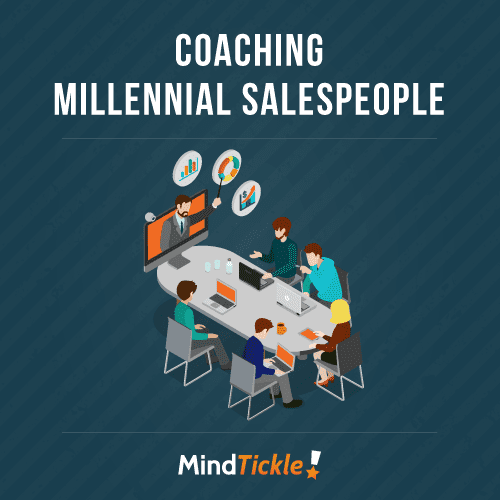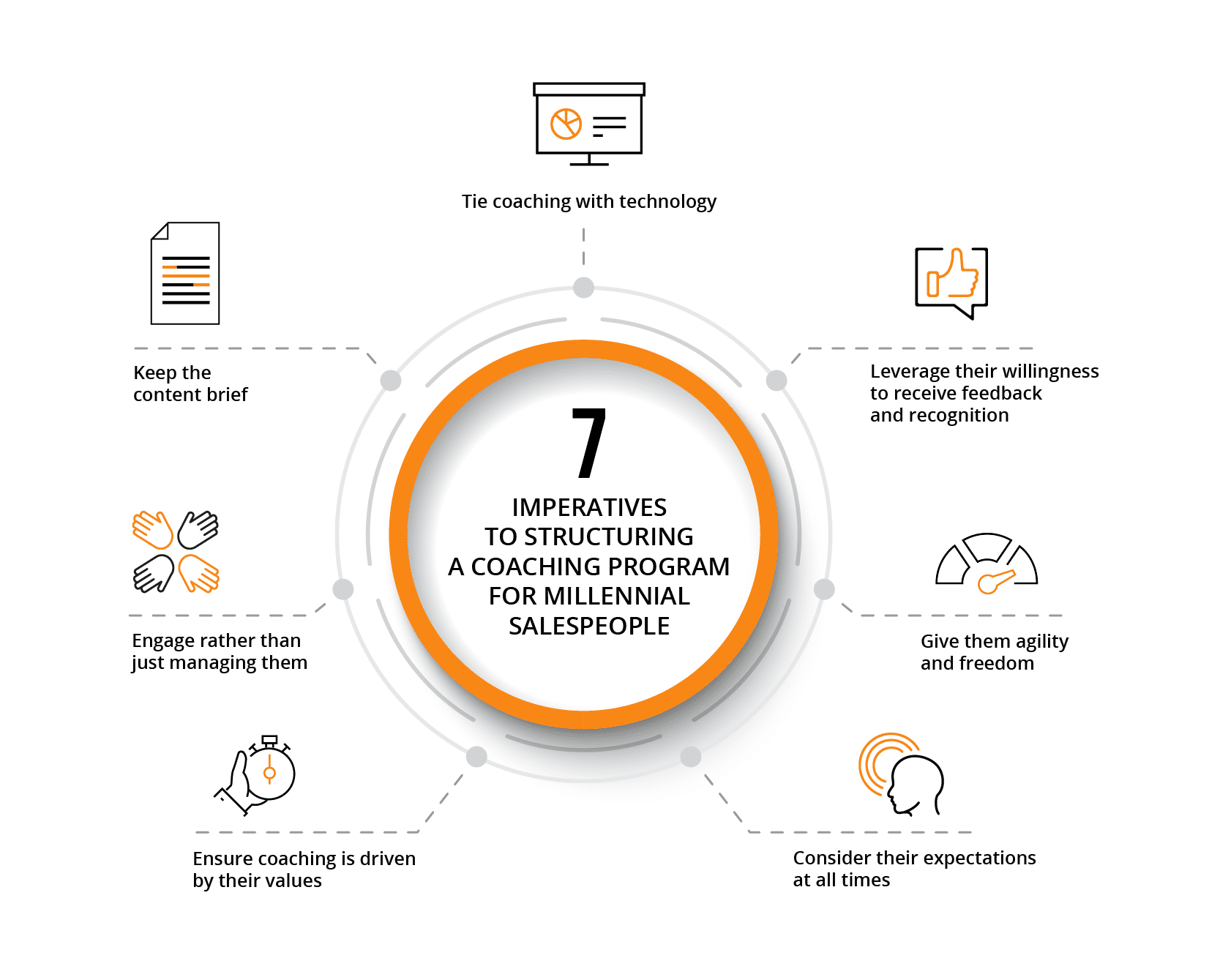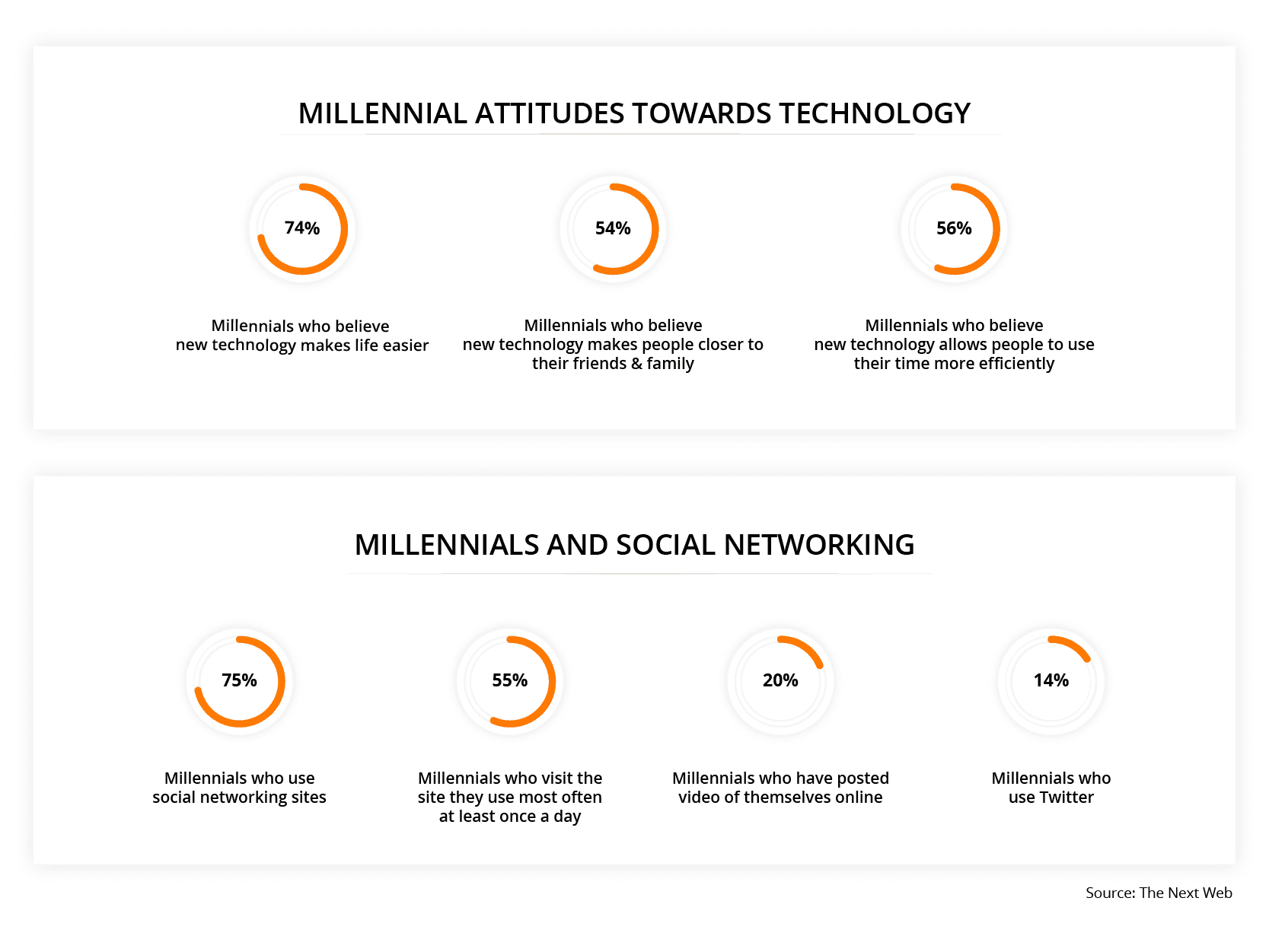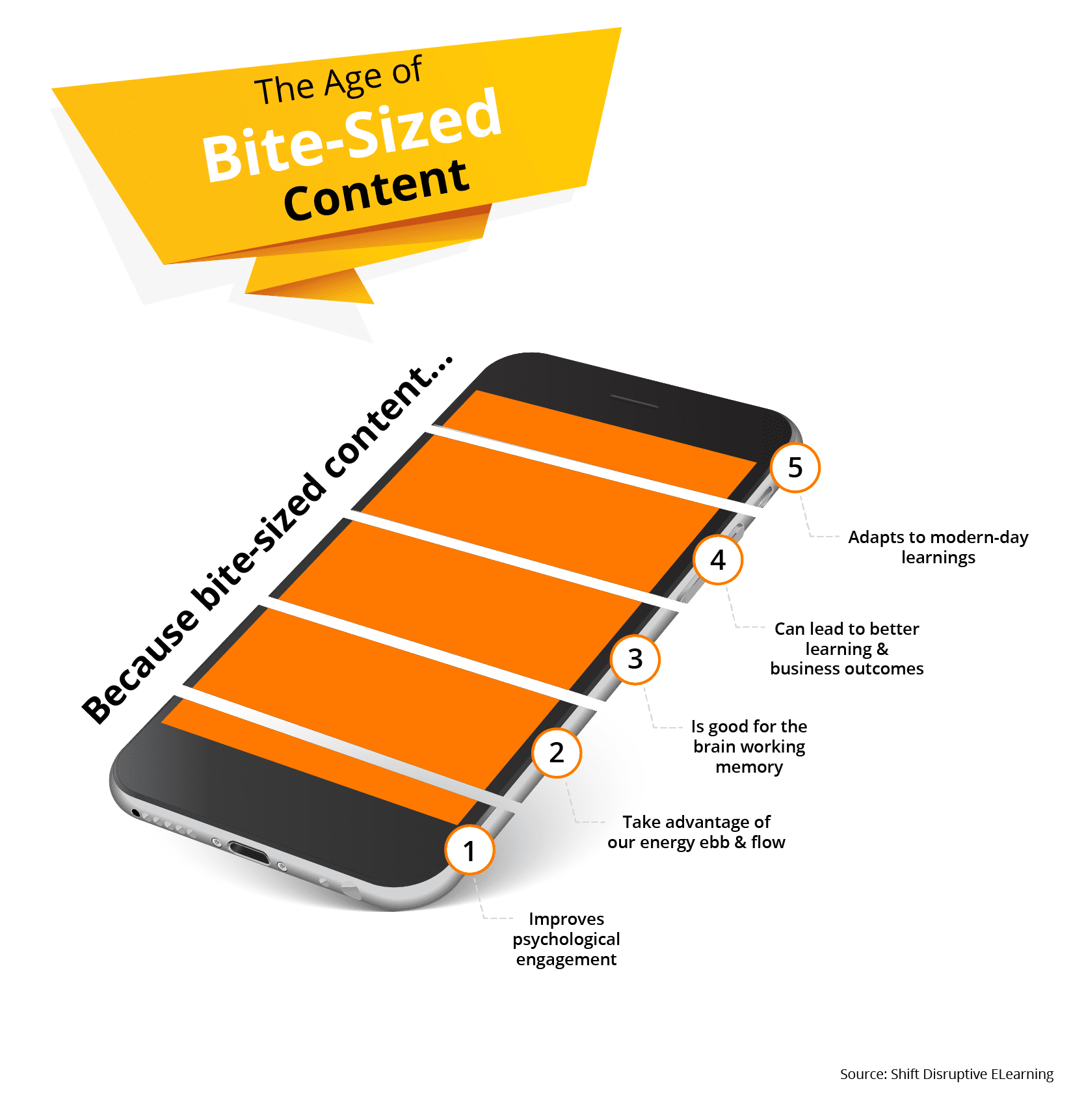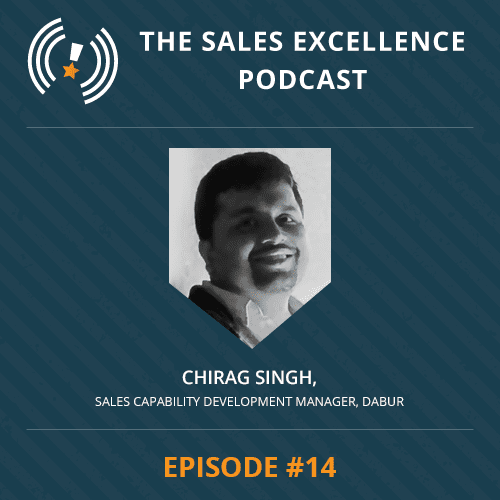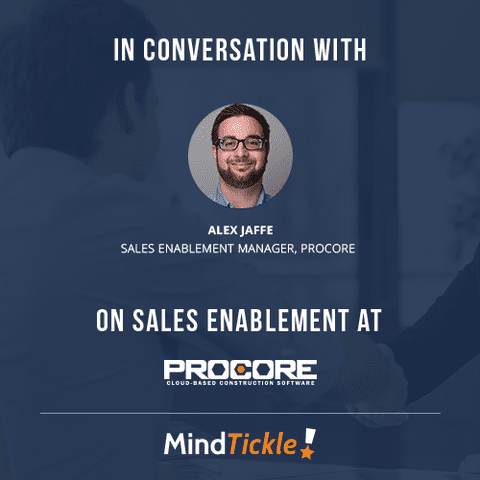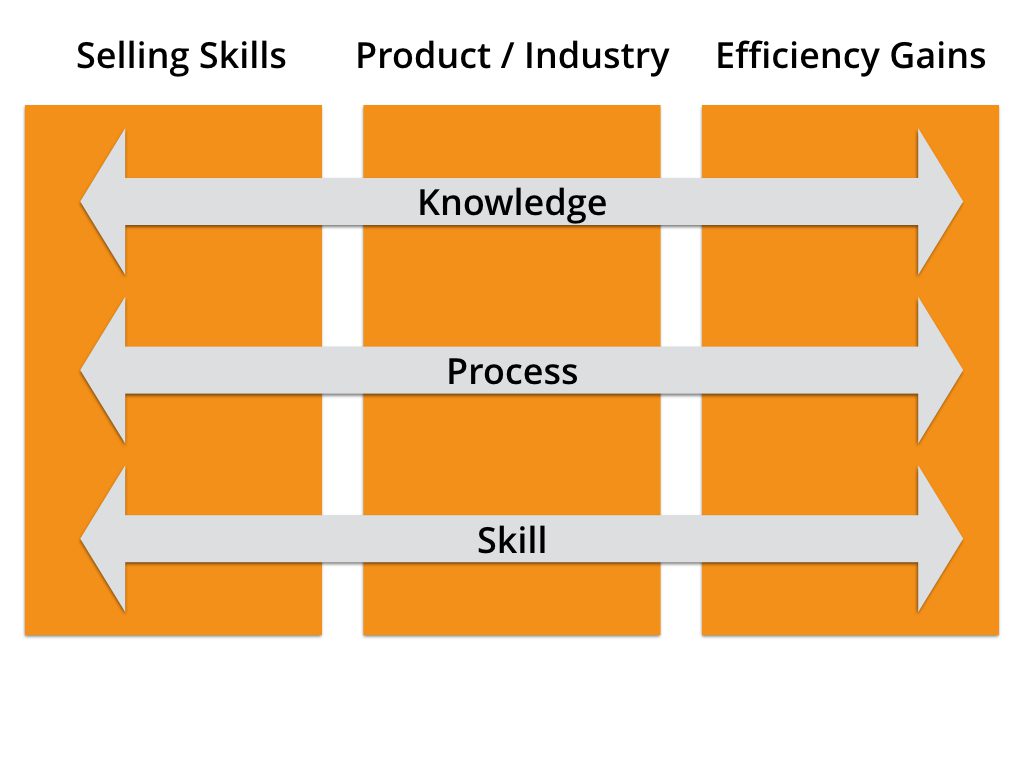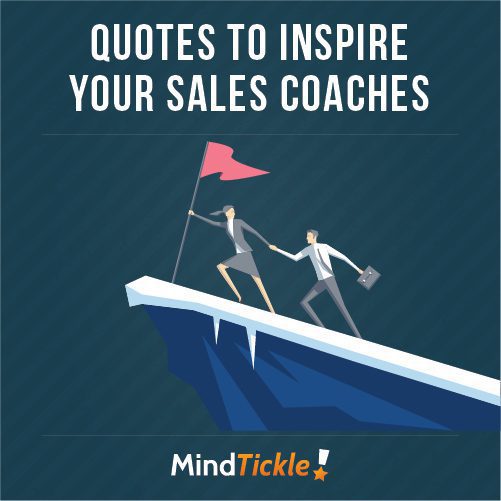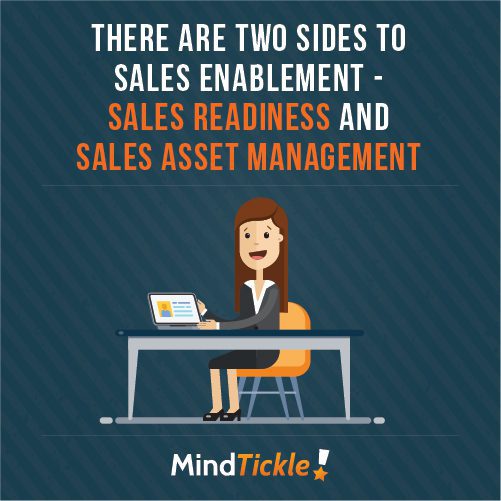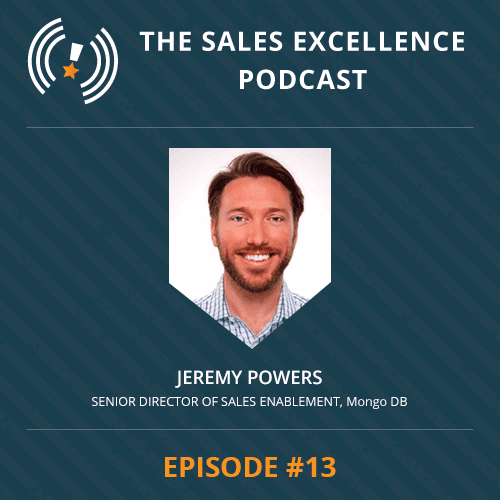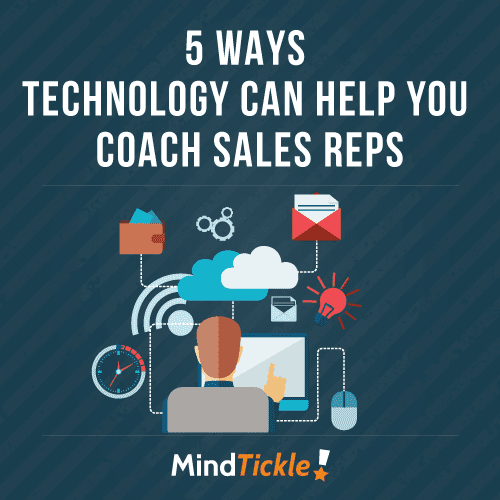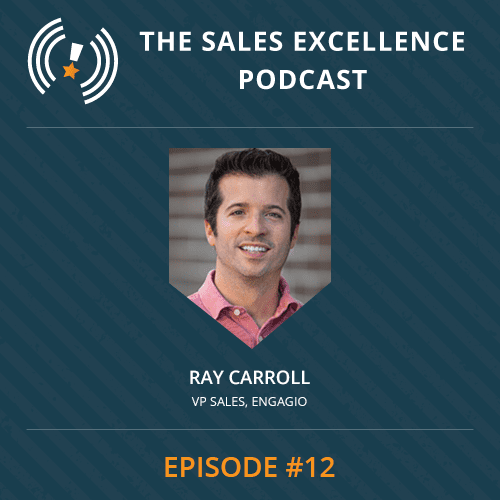Sales Coaching by Indicators: Sales Effectiveness, Efficiency, and Lagging Indicators
Whether you’re a fast-growing startup or a large enterprise you have one number to chase: revenue. While revenue is a good indicator of how your sales team has performed, it doesn’t really give you any idea how they’re performing right now, or whether you’re going to make your revenue number six months from now. Revenue doesn’t provide you with any insights into how your salespeople actually sell and gives you no way to control or change how they can create more revenue.
This leaves sales leaders open to massive risk. If you’re not sure how you’re making your number, it may take a lot more of your time to identify the right market trends, analyze your competition, understand falling sales behavior and adjust your sales coaching program. Being a sales leader is like being a jockey. While the racehorse is steaming full speed ahead, you need to be looking for potential threats and dangers in every direction.
Don’t get me wrong, revenue is still the most important indicator of success but it alone is not enough. In this digital age, the way people buy has changed, and we need to look at how we run sales differently in order to adapt. It’s no longer enough to rely solely on lagging indicators because your competitors and buyers will have moved on by the time you realize something’s not working.
Indicators that help you achieve predictable revenue will ensure that you always know what that figure will be each month, quarter, and year. To achieve predictable revenue you first need to understand how your salespeople actually sell, what works, and what doesn’t. To identify and track this it’s necessary to look at different indicators; efficiency and effectiveness indicators. Efficiency and effectiveness indicators can be tracked using sales readiness tools (like Mindtickle) and customer engagement tools (like Showpad and Seismic).
Indicators identify the path to predictable revenue
A leading indicator is one that can change before the final outcome is achieved, which means it can actually provide an indication of what the final outcome (ie. your revenue) will be. The metrics that are tracked are efficiency and effectiveness indicators. Traditionally companies have tracked mostly indicators of efficiency. But this is no longer sufficient because market dynamics are changing and it’s no longer enough to be efficient. Modern sales organizations also need to be effective to succeed.
Effectiveness is about ensuring your sales reps “get it”. They not only have the requisite knowledge of their products or services but their skills are developed enough to have meaningful customer interactions, consistently. They do this by measuring the individual activities that contribute to achieving your end goal.
Sales effectiveness indicators will help you achieve predictable revenue. These, in turn, drive your efficiency indicators and create the foundation that supports the achievement of your lagging indicators.
Productivity = efficiency x effectiveness
Measuring efficiency is relatively easy as so much work has been put towards this objective. It’s always the first line of defense when trying to improve productivity (ie. determining how to enable your reps to do more). There are several metrics that can be used to measure this, for example:
- Number of calls/meetings held
- Number of opportunities added to pipeline / CRM
- Number of proposals/quotes submitted
- % of leads converted to opportunities
- % Opportunities converted to close
- Average deal size per rep
- Time from the pipeline to quota
- % forecast achieved
Depending on your business objectives you might choose to measure the ones that are most relevant to you. But there’s only so much more your reps can do. Eventually, you’ll reach a point where optimizing efficiency actually produces fewer returns or even results in a decline in productivity.
That’s why measuring and managing sales effectiveness is crucial in improving your rep’s ability to meet their numbers. Some examples of effectiveness metrics are:
- Product knowledge
- Elevator pitch
- Negotiation and challenger scores
- Social selling skills
- Competitive knowledge
- Objection handling
- Number of coaching sessions
- Number of training certifications completed
These indicators have historically been challenging to measure, but Mindtickle’s sales readiness software now facilitates this. It enables these crucial indicators to be tracked and measured in a way that is transparent and objective. And more importantly, it has become easy to correlate the effectiveness of sales revenue.
So if you can track how effective and efficient your sales team is, you can achieve predictable revenue. If things are going off track, you’ll be alerted in advance, before it shows up on your top-line revenue. This gives you the opportunity to rectify it and avert disaster. So while your senior management is focused on the revenue number, sales leaders need to look to their efficiency and effective indicators to ensure they meet it.



